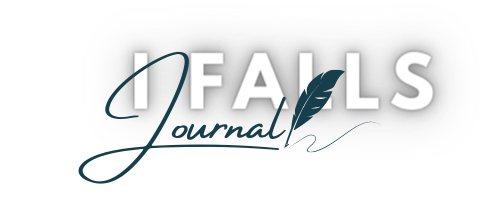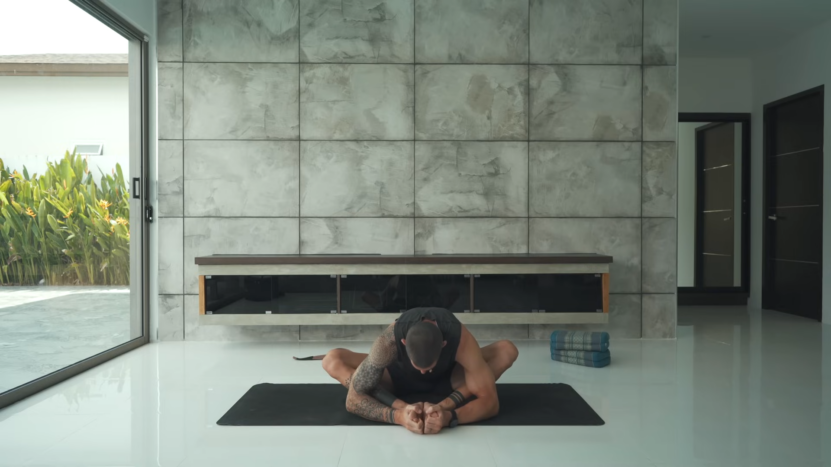Yoga continues growing in popularity thanks to its multifaceted health benefits. The combination of focused breathing, meditation and functional postures builds strength, stability and mindfulness in equal measure.
However, even dedicated practitioners eventually hit progression plateaus in their practice. Certain poses might seem permanently out of reach anatomically or otherwise inaccessible without injury risk. This conundrum leaves yogis struggling to reap greater flexibility.
Fortunately, innovative stretching equipment provides new avenues for advancing your practice. Devices like yoga straps, physio balls and tension bands allow you to safely deepen range of motion for notoriously tricky postures.
Guided assistance takes the art of progression from theoretical to achievable with heightened body awareness. Far beyond basic blocks and straps, discover how modern yoga tools can help you master elusive poses once and for all by enhancing alignment, leverage and technique. Let’s uncover your inner yogi’s full potential!
Taking Standing Asanas to New Heights
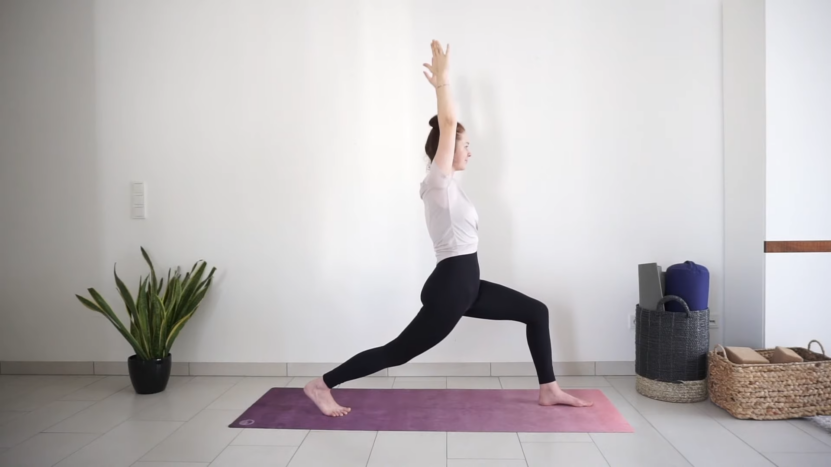
Standing poses form a foundational pillar of hatha yoga sequences by building lower body strength and balance. However, common limitations like hamstring inflexibility and shoulder stiffness restrict range of motion in signature moves like Triangle, Extended Side Angle and Wide Leg Forward Bends. This forces over-compression and strain.
Innovative stretch apparatus like CastleFlexx transform traditionally rigid standing postures though. Belts wrapped around the back leg offer gentle assistance getting into the full expression safely. This allows key areas like the shoulders and torso to open without excessive pressure on the lower joints. Blocks and physio balls also provide stabilizing support specific to your current level.
With these aids building confidence, standing asanas progress from wobbly to grounded. Students can self-adjust and linger with attentiveness through formerly shaky phases of poses. The interactive tools promote mindfulness of newfound range and body connectivity. Standing stronger, longer and with heightened spirit – an elevated frame of mind follows the physical.
Intensifying Seated Twisting Postures
Seated yoga poses like Marichyasana (Pose Dedicated to the Sage Marichi) and Ardha Matsyendrasana (Half Lord of the Fishes Pose) deliver tremendous benefit through twisting motion along the spine. However, tightness through the back, hip flexors and shoulders limits range and duration for many practitioners.
Fortunately, targeted stretch apparatus introduces new variables to binding and twisting. Added leverage from poles and fulcrums provides stability entering the pose. Suspension aids then assist extending the bind wrap further or pulling the torso deeper into the rotation. With an expanded expression achieved, floor straps can help secure the end range comfortably to increase time spent.
The external anchor points allow students to relax into formerly unreachable peaks of their seated twist capacity. This permits greater mental quietude. Physically, fullest rotation feeds the intervertebral joints and stimulates the digestive organs. An adaptive assist goes a long way in carefree twisting mobility – the true underpinning of youthfulness.
Equipment-Assisted Backbending
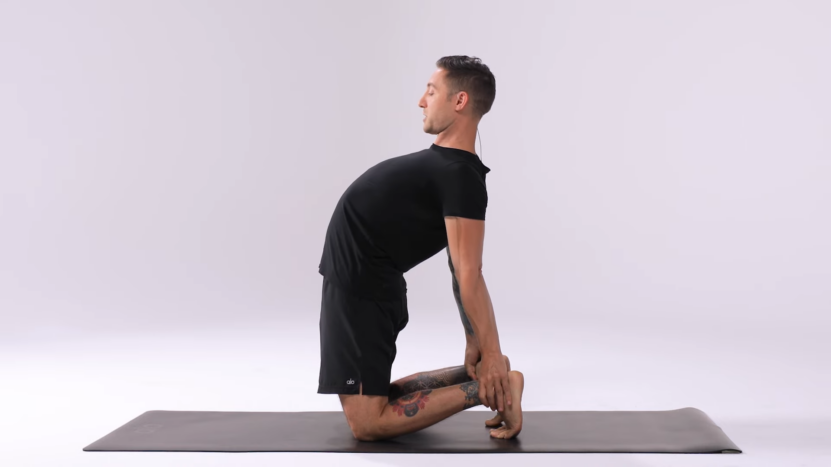
Backbending yoga postures like Ustrasana (Camel Pose), Dhanurasana (Bow Pose), and Chakrasana (Wheel Pose) unlock vitality by opening the front of the body. However, limitations in core strength, quad/hip flexor tightness and spine flexibility often restrict how deeply students can backbend.
This is where adaptive stretch aids intercede. Foam rolling the front torso and quads prepares tissues for a greater mobile range ahead of backbends. Exercise bands then provide portable resistance for core engagement.
For the poses themselves, physio balls under the hips allow gentle entry targeting tense areas first. Wall ropes deliver support entering the shape too while pole assists control the descent.
With newfound backbend amplitude, students awaken energy through the throat, chest and abdomen. The external aids take the fear from normally rigid areas so the exhilaration of lift and length can set in. An adaptable, safe deepening brings out backbends’ radiant qualities, made accessible to all committed practitioners.
For those seeking to enhance their practice amidst nature’s tranquility, exploring the serene settings of Minnesota’s best playgrounds for outdoor yoga can offer a refreshing alternative, further amplifying the rejuvenating effects of these adaptive techniques.
Reaching New Heights in Inversions
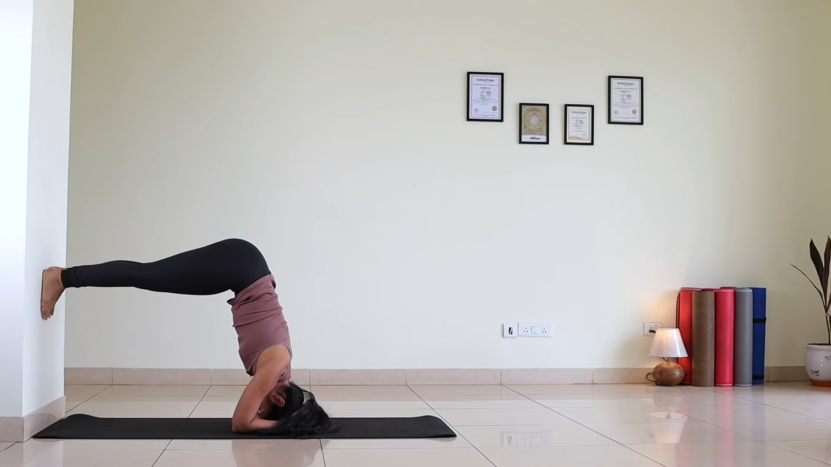
Inversions like Sirsasana (Headstand), Adho Mukha Vrksasana (Handstand), and Salamba Sarvangasana (Shoulderstand) transform perspective by reversing blood flow and energy. However, fears of falling or straining the neck may deter yogis from attempting these postures.
Once again, targeted stretch equipment introduces stability and confidence for inversions done properly. Foam wedge cubes allow gradual inclined kicks up into handstand prep. Wall ropes assist the counterbalance as students find their balance point. For headstands, entry straps gently transition the lift phase while supporting neck alignment.
With gravity seemingly turned on its head for a brief period, inversions unlock renewal and levity. The external aids extend the time spent upside down by securing formerly quick descent phases. Overcoming the risk factors, yogis find great relief and joy in these revitalizing shapes thanks to stable assistance upending their practice.
Reaching New Inversion Heights
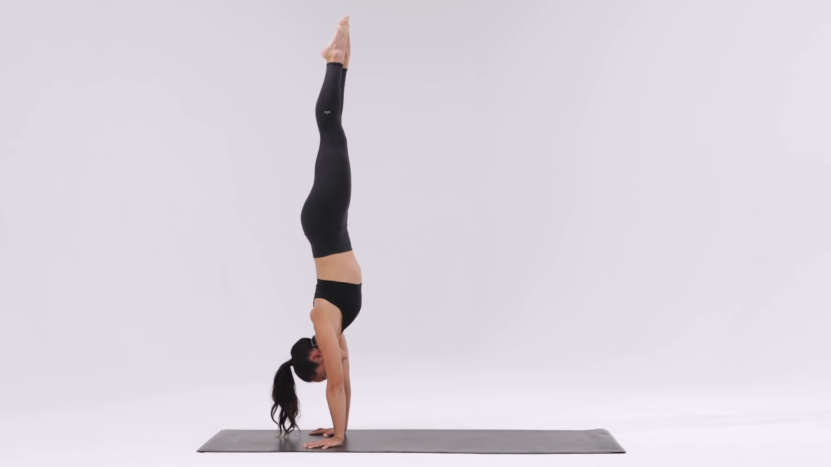
Inversions like headstand, handstand and shoulderstand reverse blood flow and perspective. However, falling fears or neck strain may deter attempts. Fortunately, equipment assists safe progression, including:
Headstand Helpers
- Incline mats to slowly increase the angle
- Entry straps ease lift transition
- Wall spots stabilize the balance point
Handstand Hoists
- Foam blocks for kick-up assistance
- Wall ropes help counterbalance
- Pole aids control descent
Shoulderstand Supports
- Bolsters support the lower back
- Sandbags ground upper body
- Chairs assist leg lift phase
With newfound stability, inversions become accessible to more practitioners. Taking things slowly, yogis can hold postures longer to restore and recharge. Controlled descent then prevents strain. Prioritizing spine/neck alignment with aids, improved circulation and confidence follow.
The Blended Practice for Progression
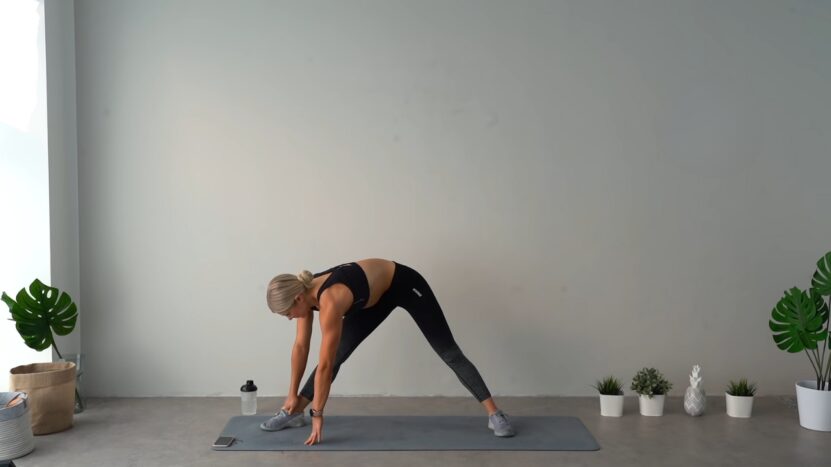
The goal of incorporating advanced stretch apparatus into yoga is not to strain or rush the natural course of asana mastery. Nor should it undermine the fundamental emphasis on harmonious breathwork and mindfulness. But by providing a stable launchpad, progression tools clear a pathway through formerly perceived physical limitations – opening avenues for safe, steady new levels of challenging practice.
With barriers removed, heightened sensory and positional awareness awakens (“proprioceptive awareness”). One can fully stabilize into each exhale, taking postures through more expansive end ranges (“joint stabilization”).
Studying yet tactical use of therapy tools deepens the moving meditations, empowering students to learn something new about their Self each time a pole or roller assists. Thus the versatile props keep avid practitioners invested in their evolutionary process with fascination and gratitude built into its support system.
